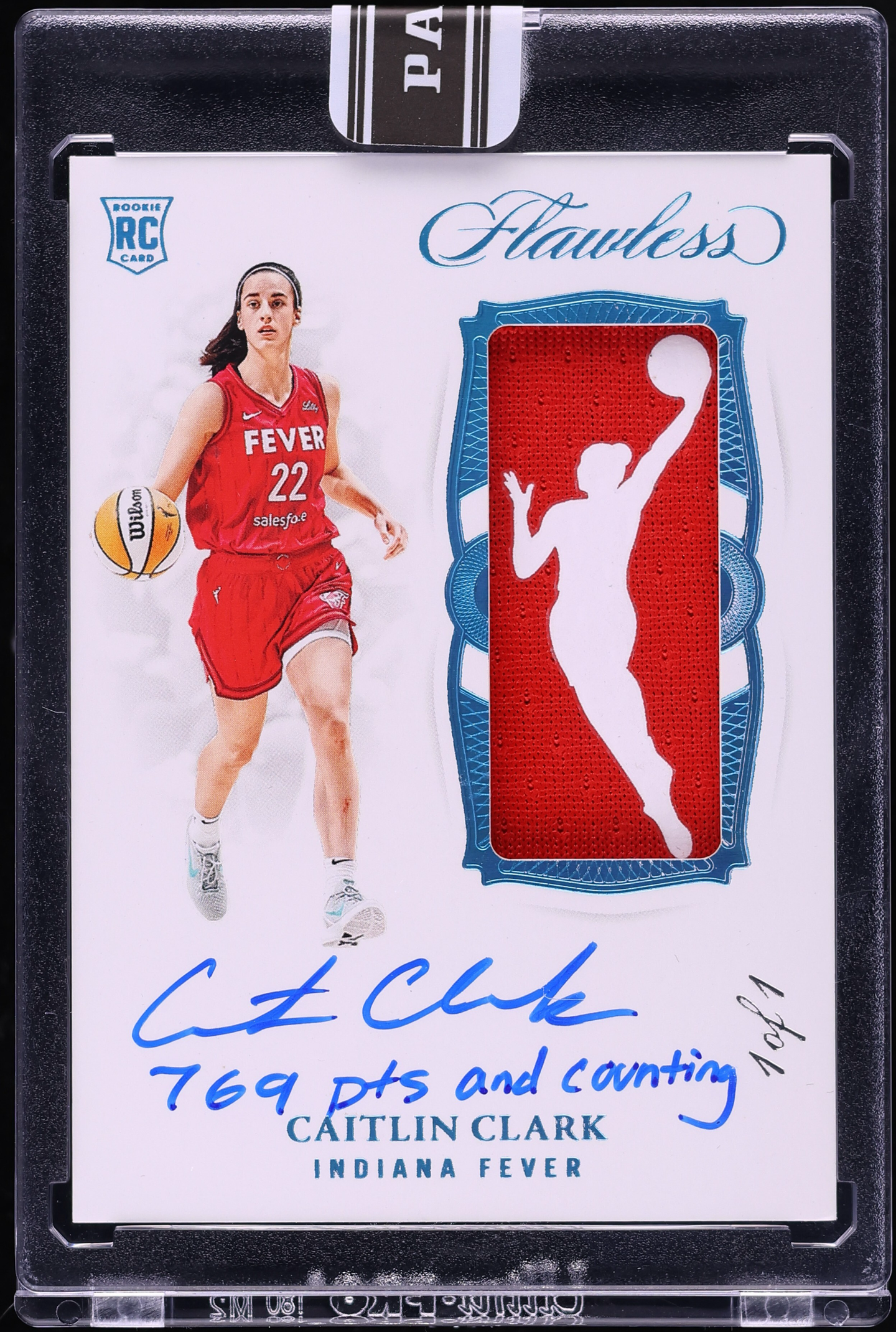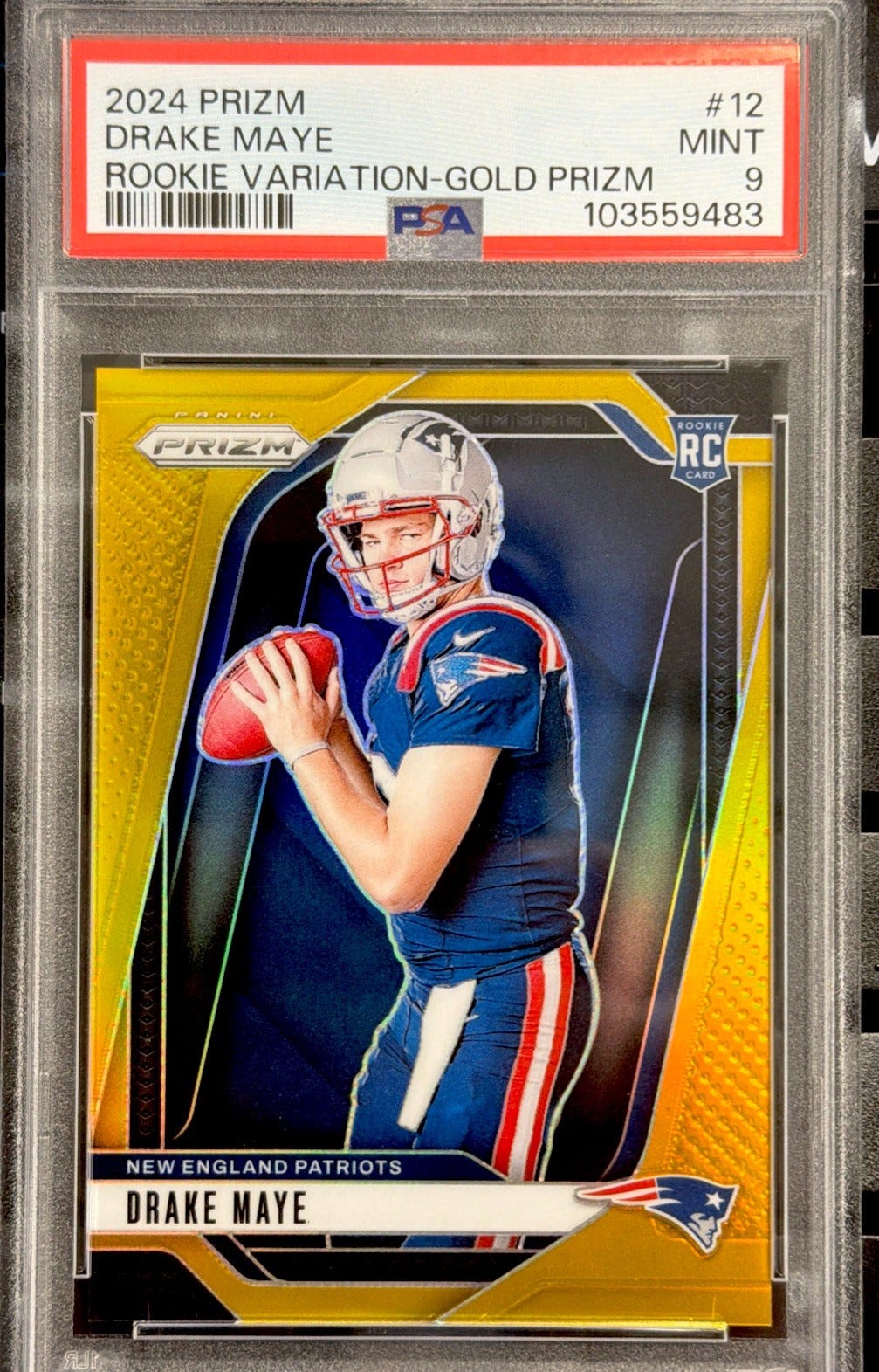Willie Mays
Cloudy, With a Chance of Superballs: Chemtoy’s 1970 Surprise
By Doug Koztoski
Prowling the floor at the Chantilly Show in northern Virginia about seven years ago, something out of the ordinary registered on my hobby radar. Among the various cards, programs and autographed items, one dealer had an open cardboard box, the 300-count trading card size, mostly filled with 1970 Chemtoy baseball superballs.
When these MLB balls debuted, I first bought them at a 7-Eleven. As I stood at this guy’s table and looked through the selection of perhaps 50 of the clear-ish little rubber balls, featuring a small round photo of a player’s face imbedded inside, I noticed their solid condition, impressive after a few decades of age.
The batch was comprised of commons and semi-stars, and for a couple bucks each, I added them all to my collection, well at least for an instant. Just after completing the transaction – and unaware that the box lid was not quite fully tucked in – as I went to put the box in my bag, several of the balls fell out, rolling and bouncing off the showcase and table in several directions, their own version of a big prison escape.
I found most of the Chemtoy superballs that day, as some collectors and dealers took a break from laughing at my plight (I am sure it looked funny, really) to help wrangle the collectibles. Yet, a few escaped for good, so if you found a stray one or two of those that day and did not know the backstory, now you do, and you are welcome for the freebie addition to your collection.
Since that Chantilly experience, I have not noticed too many 1970 Chemtoy MLB superballs at shows or online on a regular basis, not in any quantity anyway. That does not surprise Mike Mosier of Columbia City Collectibles, as he has done many shows over the years and the balls have rarely popped up for him either. “You just do not see them very much, but they are somewhat popular, mostly with team collectors,” Mosier said.
“The superballs came 144 to a box for a dime each,” he added. The Indiana-based dealer said they also sold for the same price via vending machines. The boxes centered around a certain team in many cases, although sometimes it was a mix of various teams within the American or National Leagues. Some sold in blister packs, too.
At a toy store in Santa Monica, Calif., Anthony Nex recalled buying some of the balls from a box in 1970 – and through parts of 1972. “I love Chemtoy balls!” Nex said. “They chipped a bunch but were so cool,” he recalled. “And if you hit them, they went about 450 feet. It made you feel like Reggie Jackson.”
In fact, Nex recently bought an empty National League box, overall in VG condition with a detached lid, for $49. Plus, although his childhood Chemtoy superballs are long gone, he has added a few to his collection over the years.
More bounce to the ounce
The balls are slightly more than an inch in diameter, and the circular photo inside is normally OK, at best, in showing the player or manager found within its rubbery confines. The backs have either a blue or red background and provide the player’s name, position and team, as well as a four-digit number that relates to each team.
“Especially with their age they are usually a bit blurry, a bit cloudy,” said Scott Cowan, general manager of Kit Young Cards.
“If you were to try and piece this set together, it would take you quite a while,” said Cowan of the 285-piece issue, which may be the entire run, but some speculate that a few others might be unaccounted for. “The people that buy these are usually team collectors or they are looking for certain players.”
Most teams have 12 representatives and the team sets often sell for around $40-$50.
Nex said he knows of one collector trying to complete the entire set. “Last I heard he needs one more, Cesar Tovar (of the Minnesota Twins), and he has been looking for that one for a while.”
At a few dollars each for most commons, Cowan feels the superballs are “priced pretty reasonably,” and they are much harder to come by than a player’s regular trading card from 1970.
“For every 200 or 300 (Topps) cards of a player from that year, there is one of his superballs,” he noted from his California office. That ratio seems to be consistent enough whether it pertains to a common or a star.
Where the rubber hits the road
Among the biggest names in the offering: Hank Aaron, Ernie Banks, Reggie Jackson, Willie Mays, Pete Rose, Tom Seaver and Ted Williams, who all list in the Standard Catalog of Vintage Baseball Cards for $40-$60 apiece in Near-Mint shape. But the Roberto Clemente superball leads them all at $75-$100 each, depending on whether the flip side of his image is either blue or red, respectively.
A recent look at eBay had a Chemtoy Clemente with a gash in it up for sale at $50 OBO, and two in Excellent condition for $100-$125 each. Mosier emphasized that eBay prices realized are usually lower than prices he could get at a show. He said the few balls mislabeled as Seattle Pilots, they became the Milwaukee Brewers in 1970, bring $10 each, double of other commons.
Like many of the superballs, the long-term forecast for the 1970 Chemtoy issue is mostly cloudy. As Cowan added, “They aren’t jumping off the shelf.” That is, of course, unless you buy a box of them at a show and you don’t keep a lid on it.
Super tough
According to Mosier, Chemtoy put out a football superball set in 1969, and if you like an extremely difficult hunt, this might be a fun issue to chase.
“The football superballs are (virtually) impossible to find,” said the veteran dealer. “I don’t think anybody knows how many (players) were issued.”
The most from the set that Mosier has had at any one time was in the 70-80 range, and that was several years ago. “I think I bought those from a West Coast dealer through an SCD ad,” he said. “And maybe I’ve seen a dozen football superballs total since then.”
It appears that only AFC teams were featured. “The most I’ve had from one team is five,” said Mosier. About six months ago he sold a Lance Alworth (San Diego Chargers) ball for about $40; the display box went for $200 a couple years ago. At press time, Mosier has a few samples from the set on eBay, with most starting around $20-$25, while the Len Dawson is $40.
Doug Koztoski welcomes comments and questions related to this article at dkoz3000@gmail.com.








